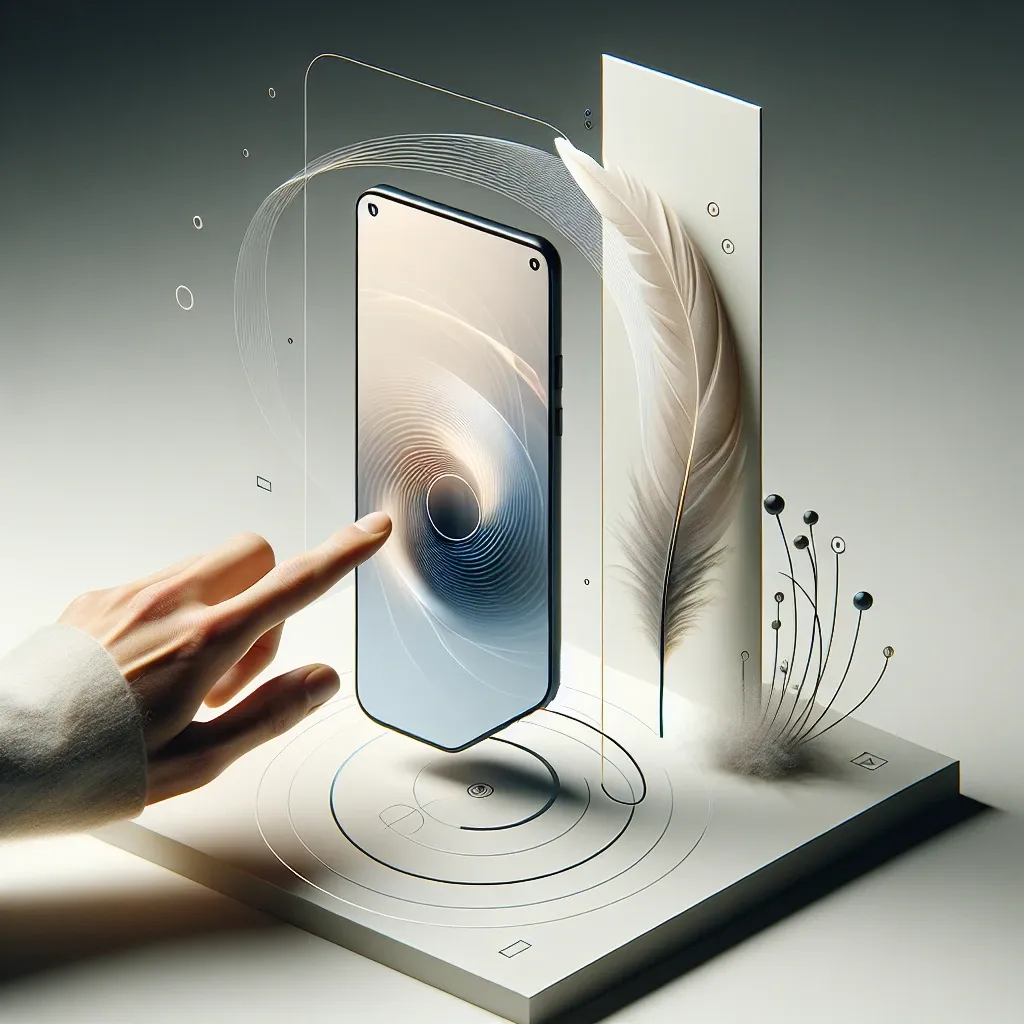Unlocking the Secrets of HEIC to JPG Conversion on iPhone
The iPhone’s adoption of the HEIC (High Efficiency Image File) format has been a double-edged sword. While HEIC offers superior compression, resulting in smaller file sizes and better image quality, its limited compatibility with older devices and software presents a challenge. This comprehensive guide will equip you with the knowledge and techniques to effortlessly convert your HEIC images to the universally accepted JPG format directly on your iPhone.
Before we delve into the methods, let’s briefly understand why this conversion might be necessary. Many older operating systems, software applications, and even some websites may not support HEIC files. This incompatibility can lead to issues like image display failures or inability to share your photos seamlessly. Converting to JPG ensures broader compatibility, making your images accessible to a wider audience and a wider range of devices.
Method 1: The Built-in iOS Solution
Apple, recognizing the compatibility limitations of HEIC, has provided a built-in solution within iOS. While not strictly a ‘conversion’ in the traditional sense, this method allows you to save photos as JPGs from the outset. This approach is the simplest and most straightforward, particularly if you anticipate needing JPG compatibility for future photos.
- Navigate to Settings: Open the Settings app on your iPhone.
- Access Camera Settings: Scroll down and tap on “Camera.”
- Choose Formats: Look for “Formats” and tap on it. You’ll find a choice between “High Efficiency” (HEIC) and “Most Compatible” (JPG).
- Select JPG: Tap on “Most Compatible” to ensure all your future photos are automatically saved as JPGs. Remember, this setting applies to new photos only; it doesn’t retroactively convert existing HEIC images.
This method provides a proactive solution, preventing future compatibility issues. However, it’s crucial to remember that using JPG will lead to larger file sizes compared to HEIC.
Method 2: Utilizing iOS’s Sharing Functionality
For those with a library of existing HEIC photos, the iOS sharing functionality offers a convenient conversion method. This method is ideal for one-off conversions or smaller batches of images.
- Locate Your HEIC Photo: Open the Photos app and find the HEIC image you want to convert.
- Initiate Sharing: Tap the share icon (the square with an upward arrow).
- Select “Save to Files”: Among the numerous sharing options, you’ll find “Save to Files.” Tap it.
- Choose a Destination Folder: Select a location (like iCloud Drive or your device’s internal storage) to save the converted file.
- Observe the Conversion: iOS automatically converts the HEIC image to JPG during the saving process. You’ll find the newly converted JPG in your selected folder.
This method works flawlessly for individual images or small collections. However, it becomes less efficient for converting large volumes of HEIC files.
Method 3: Leveraging Third-Party Apps (Cautionary Note)
While several third-party apps claim to offer HEIC to JPG conversion on iPhones, it’s crucial to proceed with caution. Always download apps from the official App Store and thoroughly review user reviews before installation. Some apps might contain malware or request excessive permissions. Choosing a reputable app is vital to safeguarding your device and data.
If you opt for a third-party app, carefully follow the app’s instructions. Most apps provide a straightforward interface for selecting HEIC images and converting them to JPG. However, always back up your photos before utilizing any third-party apps as a precautionary measure.
Understanding the Advantages and Disadvantages of HEIC vs. JPG
The choice between HEIC and JPG often boils down to a trade-off between file size and compatibility. HEIC, with its superior compression, offers smaller file sizes, saving precious storage space on your device. However, its limited compatibility restricts its usability. JPG, on the other hand, provides universal compatibility but results in larger file sizes.
The ideal approach often depends on individual needs and preferences. If storage space is a significant concern, and you primarily share photos within the Apple ecosystem, HEIC is a smart choice. However, for broader compatibility, JPG remains the more practical option, particularly when sharing with users of non-Apple devices.
Troubleshooting Common Conversion Issues
Occasionally, conversion processes may encounter unexpected challenges. Let’s explore some common issues and their solutions:
- Conversion Failure: If a conversion fails, ensure you have sufficient storage space on your device. A low storage capacity can hinder the conversion process. Deleting unnecessary files might resolve this.
- App-Related Errors: If you are using a third-party app, check for app updates. Outdated apps might contain bugs affecting conversion functionality.
- iOS Glitches: In rare cases, iOS glitches might disrupt the conversion. Rebooting your iPhone can often resolve minor software issues.
Remember to exercise patience. Converting large collections of HEIC photos might take some time, depending on the number of images and the method employed.
Future Implications of HEIC and JPG
As technology advances, we can expect HEIC adoption to increase. However, JPG’s legacy and widespread compatibility will ensure its continued relevance for the foreseeable future. The best course of action for users is to be prepared for both formats, understanding their respective strengths and weaknesses, and employing the appropriate conversion techniques when needed.
In conclusion, navigating the conversion from HEIC to JPG on your iPhone is straightforward with the built-in iOS features. Alternative methods, such as using the sharing functionality or exploring third-party apps, offer flexibility depending on your specific needs. By understanding the nuances of each approach and its implications, you can effectively manage your photo library and ensure seamless sharing across all devices and platforms.
For further assistance with managing your iPhone’s photo library and exploring additional features, you can visit Apple Support. For detailed information on image file formats, you can consult Wikipedia.

